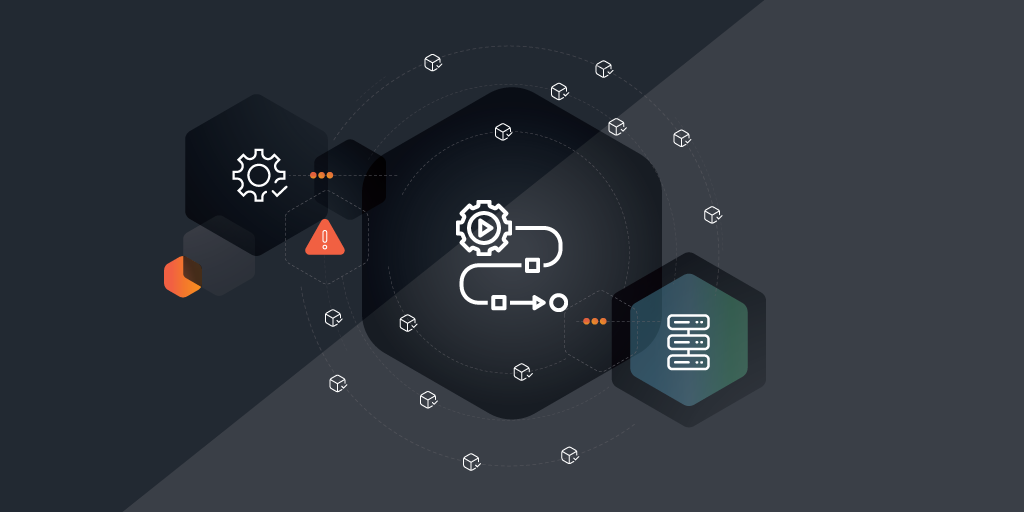
In 2023, network intrusion became the most common type of cyberattack faced by companies in the United States, accounting for 51% of all incidents. With cyber threats continually evolving and becoming more sophisticated, having a robust security solution like a Network Intrusion Detection System (NIDS) is more critical than ever.
NIDS plays a vital role in monitoring network traffic for suspicious activities, detecting potential threats early, and preventing data breaches. In this blog, we’ll explore the various types of NIDS, how they work, the challenges of integrating them into your existing tech stack, and best practices for maximizing their effectiveness.
What Is a Network Intrusion Detection System?
A Network-based Intrusion Detection System monitors network traffic to spot suspicious activities, unauthorized access, and policy violations. It analyzes data packets to detect malicious behavior and alerts the IT team for quick action. Key features include traffic analysis, signature-based detection using known attack patterns, and anomaly-based detection to identify deviations from normal behavior.
A NIDS sends real-time alerts, logs network activities for forensic analysis, and integrates with other security tools. It handles high traffic volumes and scales with network growth, enhancing overall network security and response efficiency.
Benefits and Importance of Network Intruder Detection System
Here are the key benefits and importance of using a NIDS for your organization’s network security:
- Network Security: NIDS keeps a constant eye on your network traffic, spotting suspicious activities and potential threats in real-time, helping to protect your network from cyberattacks.
- Early Threat Detection: By analyzing traffic patterns, NIDS can catch potential intrusions early, allowing your IT team to act fast and stop threats before they become major issues.
- Reduced Risk of Data Breaches: NIDS helps prevent data breaches by identifying and blocking unauthorized access attempts, and ensuring only legitimate users and devices can access sensitive information.
- Real-Time Alerts and Better Compliance: Network intrusion systems send instant alerts to admins when something suspicious is detected, allowing for quick action. It also helps meet regulatory compliance by providing detailed logs and reports for audits.
- Comprehensive Network Visibility: With a clear view of your network traffic and activities, you can understand your network’s health and security. This insight is crucial for identifying and fixing weak spots.
Types of Network Intruder Detection System
There are three main types of NIDS:
- Signature-Based Network Intrusion Detection System: This type of NIDS detects intrusions by comparing network traffic against a database of known attack signatures. Each signature is a pattern that corresponds to a specific type of attack. If the system detects traffic that matches a signature, it raises an alert. Signature-based NIDS are highly effective at identifying known threats but may struggle to detect new, unknown attacks.
- Anomaly-Based Network Intrusion Detection System: Anomaly-based NIDS establishes a baseline of normal network behavior and monitors for deviations from this norm. Any significant deviation is flagged as a potential threat. This type of NIDS is adept at identifying new and previously unknown attacks, but it can also generate false positives if the baseline is not accurately defined.
- Hybrid Network Intrusion Detection System: A hybrid NIDS combines the strengths of both signature-based and anomaly-based detection methods. It uses signature-based techniques to detect known threats quickly and anomaly-based techniques to identify new or unknown threats. This dual approach provides comprehensive protection, reducing the likelihood of both missed detections and false positives.
Examples of NIDS include Cisco’s Snort and Secure IPS, Security Onion for Linux, Zeek and IBM QRadar.
How Does an Intruder Detection System Work?
An Intrusion Detection System (IDS) continuously monitors network traffic by capturing and analyzing data packets as they travel through the network. It inspects packet headers and payloads to gather information about the source, destination, protocol and content. This data helps the IDS identify patterns and detect any anomalies or suspicious activities.
The IDS employs rule-based detection and behavioral analysis to identify potential threats.
- Rule-based detection uses a predefined set of rules or signatures to match specific types of malicious activity, such as malware signatures or known attack vectors. When network traffic matches one of these rules, the IDS triggers an alert. Regular updates to the rule set ensure the IDS can detect the latest threats.
- Behavioral analysis involves establishing a baseline of normal network behavior and monitoring for deviations from this norm.
By analyzing parameters like bandwidth usage, connection attempts, and protocol usage, the IDS can flag significant deviations as potential threats. This dual approach enables the IDS to detect both known and unknown threats, providing robust network security.
Challenges of Integrating NIDS with Your Tech Stack
One of the main hurdles of integration is making sure the NIDS works well with your current network architecture and security measures without causing disruptions or opening up new security holes. Setting it up right can be tricky and often requires specialized skills and knowledge to make sure it fits your specific network environment.
Another big issue is dealing with the sheer amount of data a NIDS generates. These systems are always monitoring and analyzing, which can lead to a flood of alerts, many of which might be false alarms, overwhelming your IT staff if not managed properly. Fine-tuning the system to cut down on false positives and focus on real threats – and keeping the NIDS updated with the latest threat data – requires regular updates and maintenance.
Best Practices for Integrating NIDS
When integrating a network based intrusion detection system with your tech stack, there are a few best practices to keep in mind to ensure everything runs smoothly and effectively:
- Plan Thoroughly: Before you start, take the time to understand your network architecture and pinpoint where the NIDS will fit best. A well-thought-out plan helps avoid disruptions and ensures seamless integration.
- Choose the Right System: Not all NIDS are created equal. Pick one that matches your specific needs and works well with your existing network and security tools. Compatibility is key to a smooth integration.
- Fine-Tune for Accuracy: Once your NIDS is up and running, fine-tune its settings to reduce false positives. Customize the rules and alerts to focus on genuine threats relevant to your network, so your IT team isn’t overwhelmed with unnecessary notifications.
- Perform Regular Updates and Maintenance: Keep your NIDS updated with the latest threat signatures and behavioral patterns. Regular maintenance ensures it stays effective against new and evolving cyber threats.
- Integrate with Other Security Tools: Make sure your NIDS works well with other security tools like firewalls, SIEM systems, and antivirus software. This multi-layered approach enhances overall security and makes threat detection and response more efficient.
- Continuous Monitoring and Training: Set up continuous monitoring to keep an eye on network activity and system performance. Also, train your IT staff regularly on how to use the NIDS effectively and stay updated on the latest security practices.
Choosing the Right Network Intruder Detection System
When choosing a NIDS, consider key factors like your network’s size and complexity to determine scalability. Identify the specific threats you face and ensure the NIDS can detect them. Compatibility with existing tools is crucial to avoid integration issues.
Look for features that enhance detection accuracy, such as both signature-based and anomaly-based methods, real-time alerts, and detailed reporting. Minimize false positives to prevent overwhelming your IT team.
Lastly, prioritize scalability, ease of setup, and regular updates to keep the NIDS effective as your network grows.
Network Intruder Detection Systems and Lansweeper
Integrating Lansweeper with your Network Intrusion Detection System brings a ton of value by giving you better visibility and control. Lansweeper offers detailed IT asset discovery and inventory management, so you always have an up-to-date view of all the devices on your network. When you pair this with NIDS, you ensure that every asset is constantly monitored for security threats.
Lansweeper’s detailed asset information helps the NIDS detect anomalies and potential intrusions more accurately, reducing false alarms and accelerating response times. This combo not only boosts your security – it makes asset management and incident response much more efficient and effective. The solution also provides an asset/device change history to aid in detection and forensics, after an attack.
Ready to enhance your IT security and efficiency? Discover how integrating Lansweeper with your existing tech stack can transform your operations. Learn more today and take the first step towards a more secure and streamlined IT environment.


